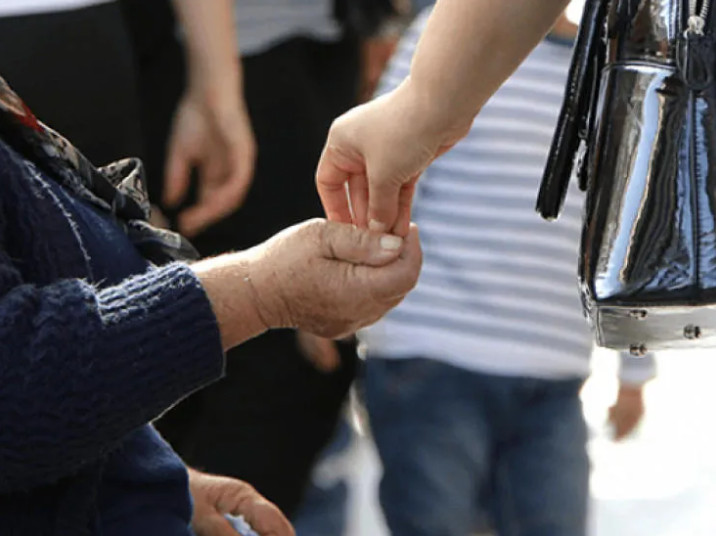
TBILISI, DFWatch–Georgia’s official statistics agency has reported a continued decline in poverty, with the national absolute poverty rate dropping to 9.4% in 2024, down from 11.8% in 2023.
The improvements span every demographic. Child poverty fell the most sharply (by 4.0 percentage points), and rural areas saw a notable 3.7-point decrease. Urban and gender gaps narrowed slightly, and income inequality also edged downward, with the Gini index falling from 33.5 to 33.3.
The new data from GeoStat reinforce a broader trend: income inequality has steadily decreased under the Georgian Dream (GD) government, from a peak of 39.0 in 2012—the year GD came to power—to 33.3 today. By contrast, inequality increased during the United National Movement (UNM) era, rising from 36.7 in 2003 (the year of the Rose Revolution) to 39.0 in 2012.
While domestic and international criticism of GD’s democratic credentials has intensified in recent years, its record on economic inequality has strengthened. The opposition movement leading months of anti-government protests includes several factions with roots in the former UNM government.
Georgia’s Human Development Index (HDI) has also improved under GD’s tenure, reaching 0.844 in 2023, placing the country among those with “very high” development. However, once adjusted for inequality, Georgia’s HDI drops to 0.754, suggesting ongoing disparities in access to health, education, and income.

